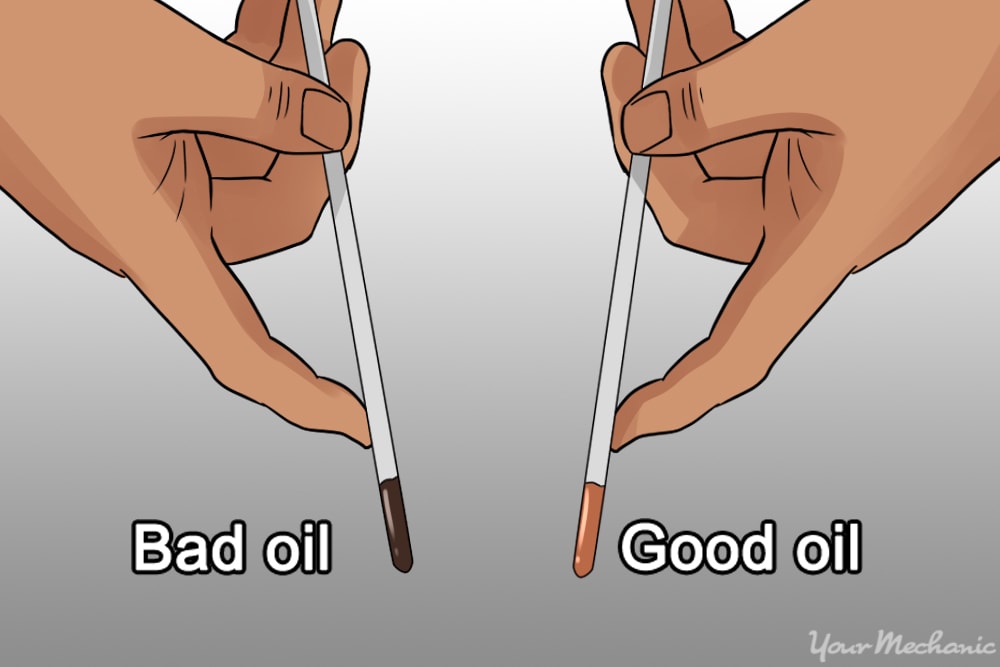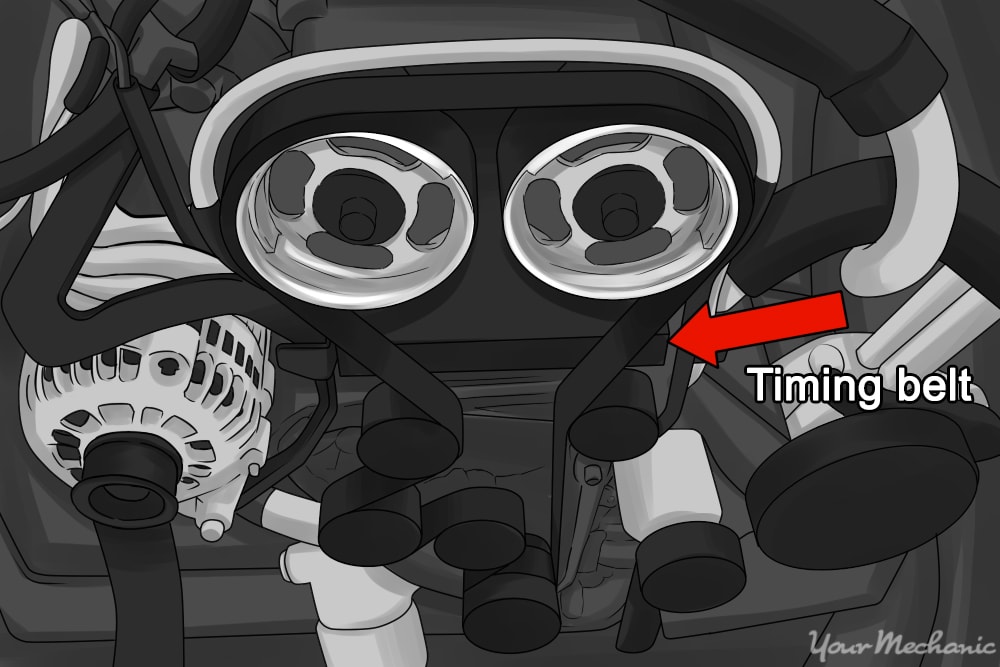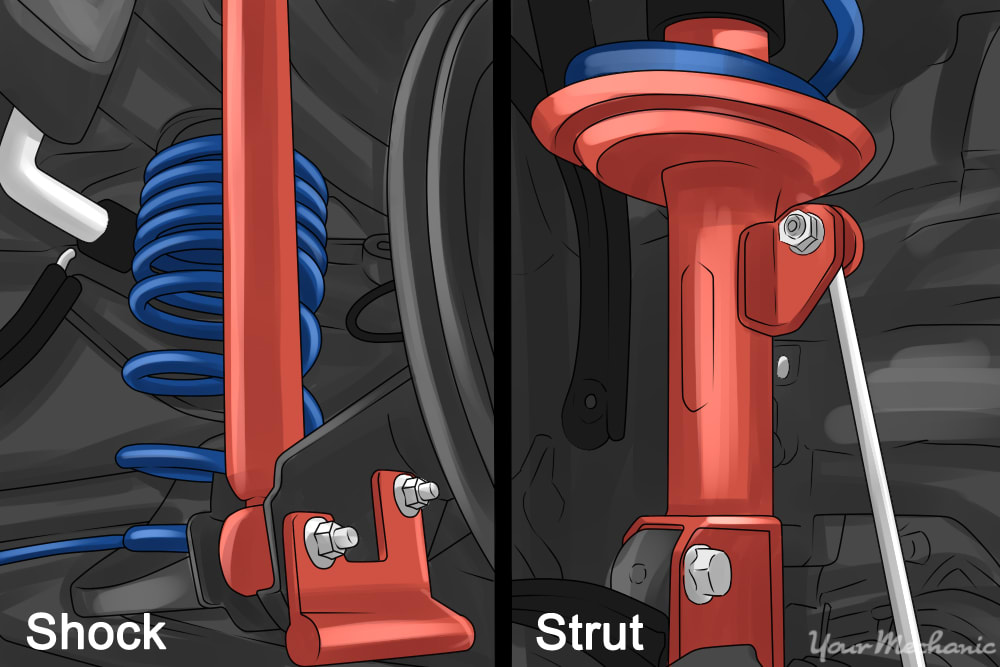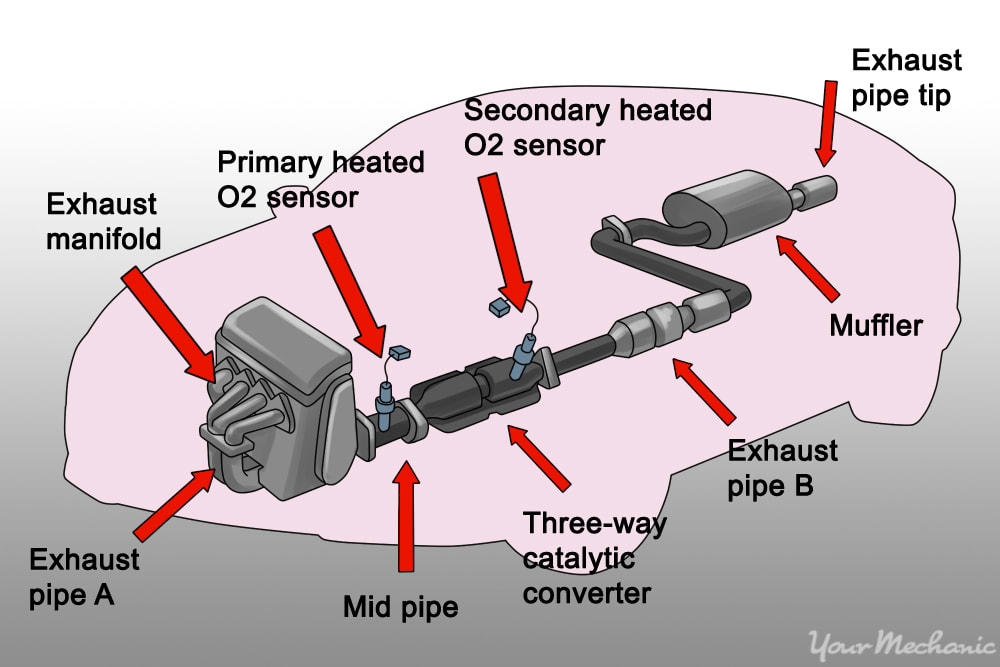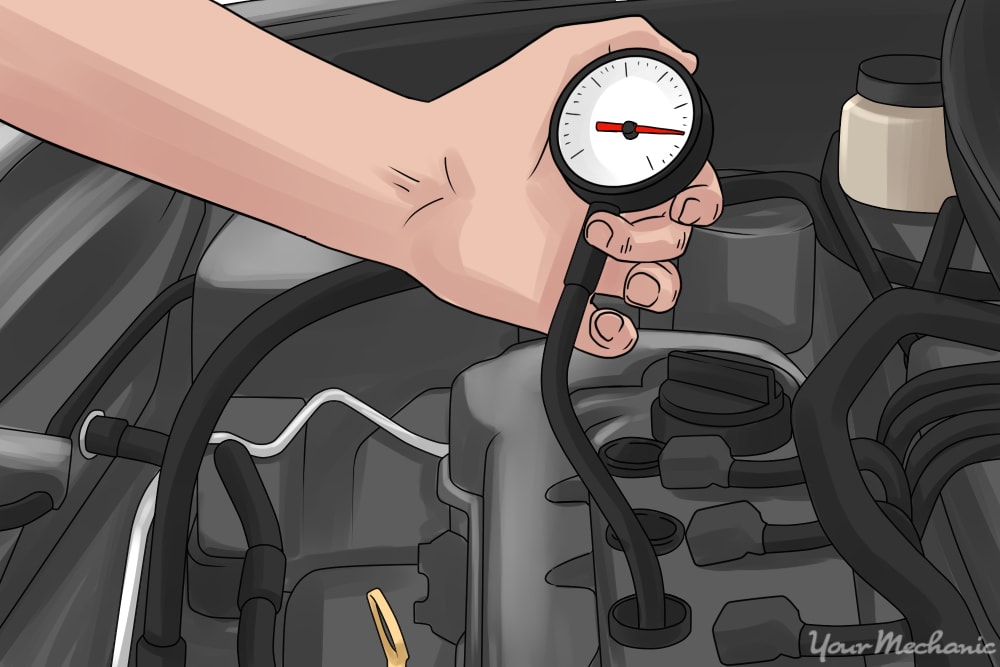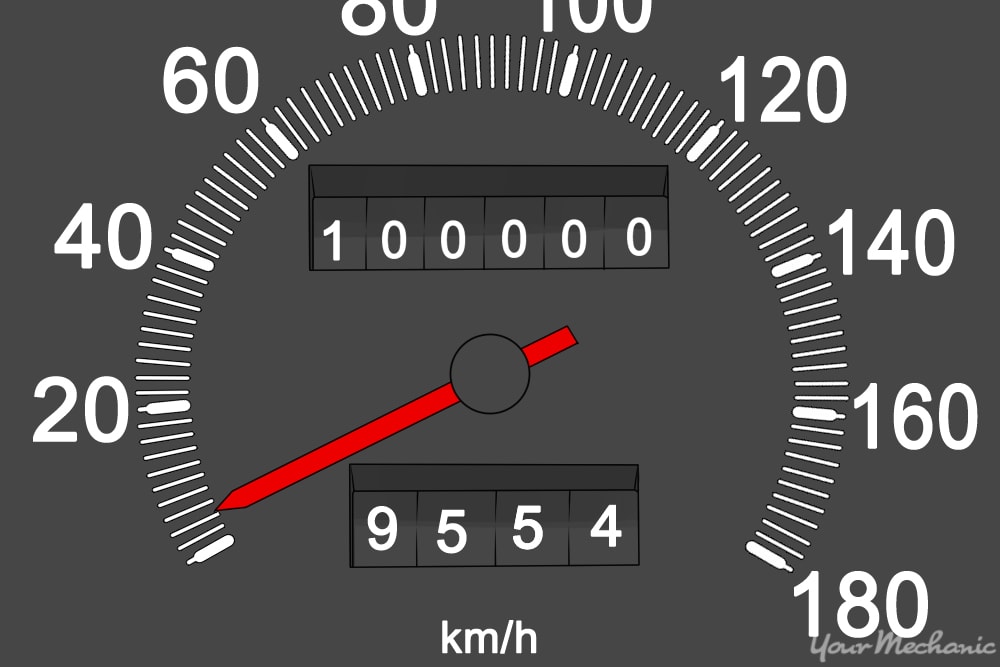

You may be concerned if your car hits the 100,000 mile mark as it may signify the downfall of your vehicle. The longevity of your vehicle does not depend only on the mileage, however, but also depends on how well you drive it and whether you perform the routine maintenance that the vehicle needs on a regular basis.
You don’t have to be a mechanic to perform routine maintenance tasks on your vehicle. While some tasks are very simple and only require basic knowledge, other procedures can be very complex. Keep in mind that you should only perform the maintenance procedures that you are comfortable with and hire a professional to take care of the other maintenance and repairs as needed.
As long as your car’s engine is kept clean, well lubricated, and relatively cool, it will last a long time. However a car isn’t just an engine, it has other parts like fluids, belts, filters, hoses, and other internal components that need to be serviced so your vehicle can last for many years after reaching the 100,000 mile mark.
Go through the following steps to know the routine maintenance you need to perform to keep your car well maintained and reliable after the 100,000 mile mark.
Part 1 of 1: Maintain your car on a schedule
Some maintenance tasks on this list should be done regularly and immediately after purchasing a new car, and some tasks are specific to a 100,000 mile tune up. The key to the long life of any vehicle is making sure you keep an eye on everything.
Be proactive with your maintenance schedule to ensure proper repairs and updates when necessary so that the engine does not deteriorate or result in costly damages.
Step 1: Follow the manufacturer's recommended maintenance routines. Your car manual is always a good place to start.
It will provide manufacturer specific guidelines and recommended routine maintenance tasks for various parts.
Follow the instructions in the manual to do fluid changes, maintain proper fluid levels, perform brake checks, maintain optimum engine compression ratio, and more. Implement these manufacturer recommendations into your consistent maintenance routine.
- Tip: If you do not have a manual for your car, most manufacturers post them online where you can download and/or print it out as necessary.
Step 2: Check fluids regularly. Check fluid levels regularly and top off or change as necessary.
Checking engine fluids is one part of maintenance that you can do on your own which can ward off many engine and transmission problems.
Open the hood and locate the specific fluid compartments for engine oil, transmission fluid, power steering fluid, radiator fluid, brake fluid, and even washer fluid. Check all the fluid levels and check the condition of each.
You might also need to recharge your car’s A/C refrigerant if you find that air conditioning system does not work properly.
If you need help locating the respective compartments, search your car’s make and model online, or consult the vehicle manual. Understand the different colors and consistencies between clean fluids and dirty fluids and always maintain proper fluid levels.
- Tip: If fluids are low and you need to top them off (especially if you have to do so often), this might be an indication of a leak somewhere in the engine. In that case, have a professional mechanic check your car immediately.
It is recommended that you change the engine oil between 3,000 or 4,000 miles for older vehicles that use regular oil and every 7,500 to 10,000 miles for vehicles that use synthetic oil. If your car is beyond 100,000 miles, consider using high-mileage oil, or synthetic oil.
Tip: For specifications about changing other fluids, consult your vehicle’s manual.
Note: Don’t forget to have the respective filters replaced when fluids are changed. You will also need to change the air filters after every 25,000 miles.
Step 3: Inspect all belts and hoses. If you are getting a professional mechanic to change fluids in your car, you can get them to inspect belts and hoses.
The timing belt is a very important part of the engine that helps conduct the timely movements of certain engine parts. This belt makes sure that all components run synchronously and smoothly, essentially controlling the opening and closing of valves in the engine, allowing combustion and exhaust to flow properly.
This timing belt must be kept in excellent shape, and it may need to be replaced from time to time as it is usually made of rubber or some other deteriorative material.
Most recommendations are to change the belt between 80,000 and 100,000 miles, yet some manufacturers recommend that it is changed every 60,000 miles. It’s important to check your car manual for these specifications.
- Tip: While determining the servicing frequency, keep in the vehicle’s usage in mind as a vehicle used in extreme driving conditions will need to be serviced more often and sooner than one which is used in normal conditions.
Likewise, the different rubber hoses under the hood usually undergo extreme heat and, in some conditions, extreme cold, which causes them to weather and become weak. The clamps that hold them in place can also deteriorate.
Sometimes these hoses are located in hard-to-see/hard-to-reach places, so it might be in your best interest to have a professional mechanic check them for you.
If your car is around or is approaching the 100,000 mile mark and you aren’t sure about the condition of the hoses, you should consult a mechanic immediately.
Step 4: Check the shocks and struts. Shocks and struts do more than just provide a smooth ride.
With their ability to influence stopping distance, they also determine how fast you can stop in emergency situations.
Shocks and struts can wear out and begin to leak, so it’s very important to have them checked by a professional mechanic if your car is approaching 100,000 miles.
Step 5: Get the exhaust system cleaned. The exhaust system of a car accumulates sediment over time, which makes it more difficult for the engine to push out exhaust.
This in turn forces the engine to work harder while further reducing gas mileage. You might need to get your car’s exhaust system cleaned occasionally.
You may also need to replace your car’s catalytic converter, which regulates emissions and helps convert harmful chemicals into less harmful ones. A problem with your car’s catalytic converter will be indicated by your “check engine” light.
Oxygen sensors help your vehicle run at peak efficiency and help control emission output. A faulty oxygen sensor may also trigger the check engine light. Regardless of whether your check engine light is on or not, you need to have the components of the exhaust system checked by a professional if your vehicle is approaching 100,000 miles.
Step 6: Check the engine compression. Your vehicle’s manual should indicate the optimum engine compression ratio.
This a number that measures the volume of an engine’s combustion chamber when the piston is at the top of its stroke and at the bottom of its stroke.
The compression ratio can also be explained as the measurement of compressed gas to uncompressed gas, or how tightly the air/gas mixture fits within the combustion chamber before it is ignited. The more tightly this mixture fits, the better it burns and the more energy is converted into power for the engine.
Through time, piston rings, cylinders, and valves can age and wear, causing the compression ratio to change, and the engine to become more and more inefficient. Any small problem with the engine block can easily become a much more expensive fix, so have a mechanic check the compression ratio when your vehicle hits the 100,000 mile mark.
Step 7: Check your tires and brakes. Check your tires to see if they have an even rate of wear.
You might need a to perform a wheel alignment or a tire rotation. Tire rotations should be done every 6,000 to 8,000 miles, but while you’re getting a 100,000 mile tune up, you might as well have a professional mechanic check the condition of your tires to determine the best course of action.
Also, if the brakes need servicing, you might as well have them checked while the mechanic is inspecting your tires.
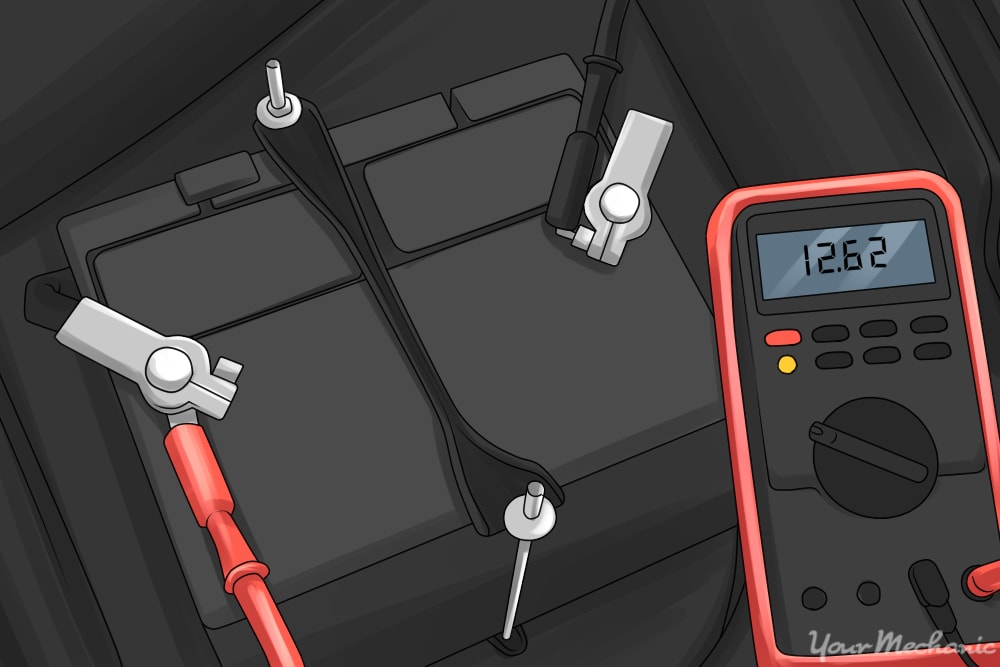
Step 8: Check the battery. Have your car’s battery tested and the terminals checked for corrosion.
This should be done at least every few months to make sure that it is in good working order. If your battery is not working properly, it can affect the starter or the alternator, which can result in much more costly repairs than simply changing the battery.
If there is any corrosion build-up on the battery it should be cleaned off, but if the terminals and wiring become weak from corrosion, it is recommended that you replace them immediately.
If you choose to drive your car beyond the 100,000 mile mark, it is advisable to put in the effort to provide the right maintenance for your car. If you follow the steps mentioned above, you can save money on future repairs and ensure that your car lasts a long time. Be sure to have YourMechanic’s certified technicians help keep your car on a regular maintenance schedule.


